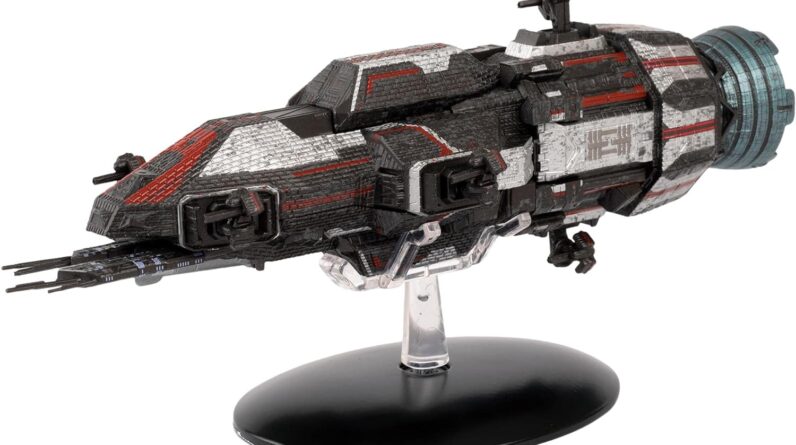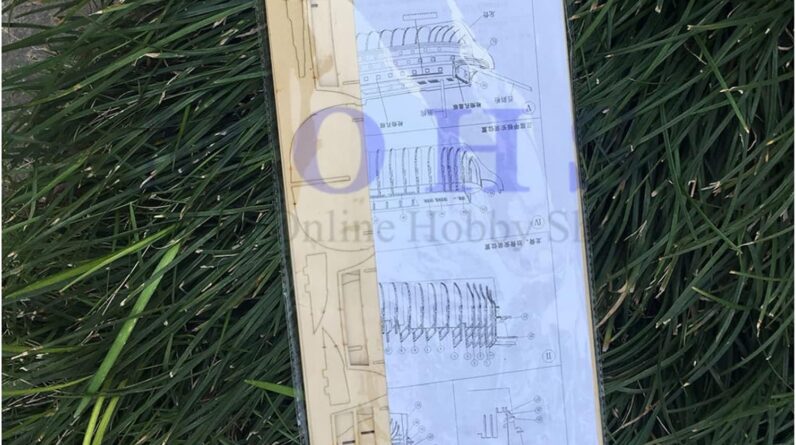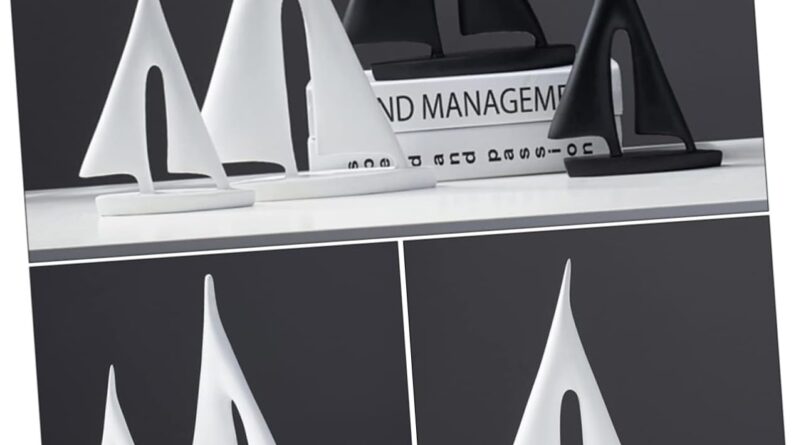






Table of Contents
Introduction
Ship scale models have long been a captivating hobby for enthusiasts around the world. Building and collecting these intricate replicas allows individuals to delve into the rich history of maritime vessels and marvel at the craftsmanship involved. Whether you are a seasoned collector or someone new to this hobby, this article aims to provide you with comprehensive insights into ship scale models. We will explore various aspects, such as their historical significance, popular types, the art of building, and valuable tips for both beginners and experienced collectors. So, let’s embark on this captivating journey into the world of ship scale models.
The Historical Significance of Ship Scale Models
Ship scale models have played a significant role in the maritime industry throughout history. They were primarily used as valuable educational tools for shipbuilders, naval architects, and sailors. These meticulously crafted models provided an accurate representation of vessels, aiding in the planning and construction of full-scale ships. Ship scale models also served as a means of preserving ship designs for future reference, allowing for improvements and the replication of successful designs.
Types of Ship Scale Models
1. Historical Replicas:
The most popular type of ship scale models, historical replicas, faithfully recreate iconic vessels from different eras. These models capture the essence of famous ships such as the Titanic, HMS Victory, and USS Constitution, allowing collectors to display a piece of maritime history in their own homes.
2. Military Models:
Military ship scale models are dedicated to showcasing various warships, submarines, and aircraft carriers. These models are often precise replicas of actual vessels used in naval battles throughout history, providing enthusiasts with a glimpse into the immense power and technological advancements of naval warfare.
3. Contemporary and Commercial Vessels:
For those with an interest in modern maritime industry, contemporary and commercial ship scale models offer a diverse range of options. These models accurately represent cargo ships, cruise liners, and modern naval vessels. They reflect the evolution of shipbuilding techniques and showcase the beauty and complexity of today’s maritime world.
The Art of Building Ship Scale Models
Building ship scale models requires patience, attention to detail, and a passion for the craft. Here are some essential steps to guide you through the process:
1. Research and Planning:
Begin by selecting the ship model you wish to build. Conduct thorough research on the vessel’s history, specifications, and design. This information will be crucial during the construction phase. Acquire detailed plans, photographs, and reference materials to ensure accuracy.
2. Gathering Materials and Tools:
Invest in high-quality model kits or source individual components for scratch-building. Consider the necessary tools, such as specialized knives, sandpaper, paints, and adhesives. Having the right materials and tools will ensure a smoother building experience.
3. Construction Process:
Follow the instructions provided with the model kit or reference materials. Carefully assemble each component, paying close attention to the intricate details. Use appropriate adhesives and techniques to ensure a sturdy and visually appealing final product.
4. Finishing Touches:
Once the main structure is complete, focus on adding finer details like rigging, paintwork, and decals. A steady hand and attention to detail are vital during this stage. Additionally, consider adding weathering effects or other customizations to enhance the realistic appearance of the model.
Tips for Ship Scale Model Collectors
1. Start with Beginner-Friendly Models:
If you are new to ship scale modeling, begin with simple kits designed for beginners. These kits often come with detailed instructions and contain fewer complex parts. As your skills and confidence grow, you can gradually move on to more challenging projects.
2. Join Model Clubs and Communities:
Engage with fellow enthusiasts by joining local model clubs or online communities. These platforms provide valuable resources, tips, and a supportive network of experienced modelers. Learning from others’ experiences can greatly enhance your abilities and broaden your knowledge.
3. Choose Quality over Quantity:
Instead of amassing a large collection of average-quality models, focus on acquiring high-quality pieces that truly captivate your interest. Investing in well-crafted and historically accurate ship scale models will bring more satisfaction and value to your collection.
4. Showcase and Protect Your Collection:
Displaying your ship scale models in a dedicated case or shelf not only adds visual appeal but also protects them from dust and damage. Consider using museum-quality display cases with UV protection for models exposed to sunlight.
5. Continuous Learning and Improvement:
Ship scale modeling is an ever-evolving craft. Keep exploring new techniques, materials, and historical information to refine your skills and expand your horizons as a collector. Never hesitate to seek guidance from experts or attend workshops and exhibitions to stay up-to-date with the latest trends and advancements.
Frequently Asked Questions (FAQs)
1. Are ship scale models suitable for children as a hobby?
Ship scale modeling requires a certain level of dexterity and attention to detail, making it more suitable for older children and adults. However, there are beginner-friendly model kits available for children to get started with adult supervision.
2. Can ship scale models be customized or modified?
Absolutely! Ship scale models offer ample opportunities for customization and modification. Many modelers enjoy adding personalized touches, weathering effects, and custom paintwork to make their models unique.
3. How long does it take to complete a ship scale model?
The time required to complete a ship scale model varies depending on the complexity of the model, your experience, and the amount of time you can dedicate to the hobby. It can range from a few weeks to several months, or even longer for highly intricate models.
4. Where can I find reference materials for building ship scale models?
Numerous resources are available, both online and offline, to aid in your ship scale modeling journey. Websites, books, museums, and historical archives are great sources for reference materials, including plans, photographs, and historical documentation.
5. Can ship scale models be displayed in water or used as functional vessels?
Ship scale models are primarily intended for display purposes and are not functional vessels. While some models may include water as part of the diorama or display, it is important to ensure proper sealing and precautions to prevent damage to the model.
Conclusion
In conclusion, ship scale models offer a captivating and rewarding hobby for individuals passionate about maritime history and craftsmanship. From their historical significance to the art of building, ship scale models provide a unique opportunity to delve into the world of ships and naval architecture. By following the tips provided and continuously honing your skills, you can create a remarkable collection that showcases your love for the maritime world. So, set sail on this exciting journey and let your ship scale models transport you to a world of beauty, history, and imagination.
*Please note that the formatting and insertion of a YouTube video cannot be represented in plain text.
Price: $62.99 - $40.75
(as of Jun 28, 2023 04:30:21 UTC – Details)







